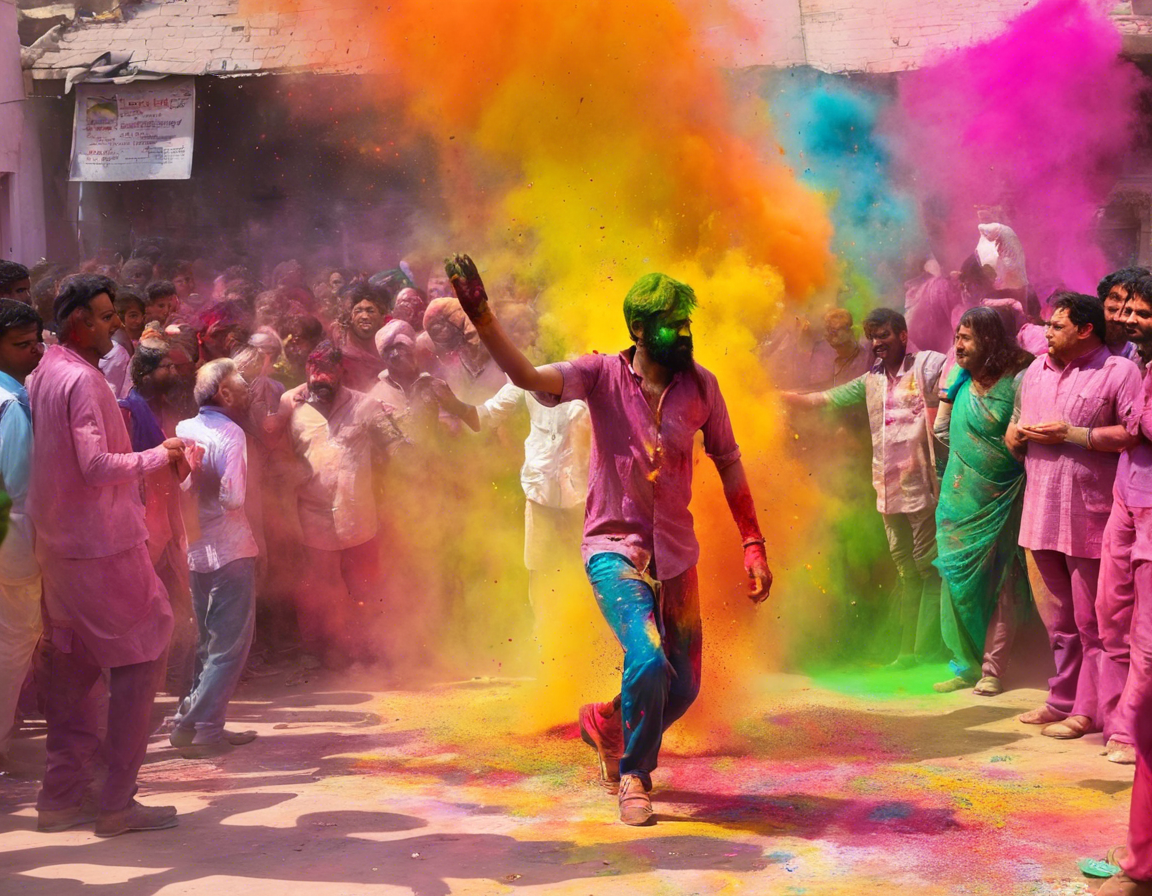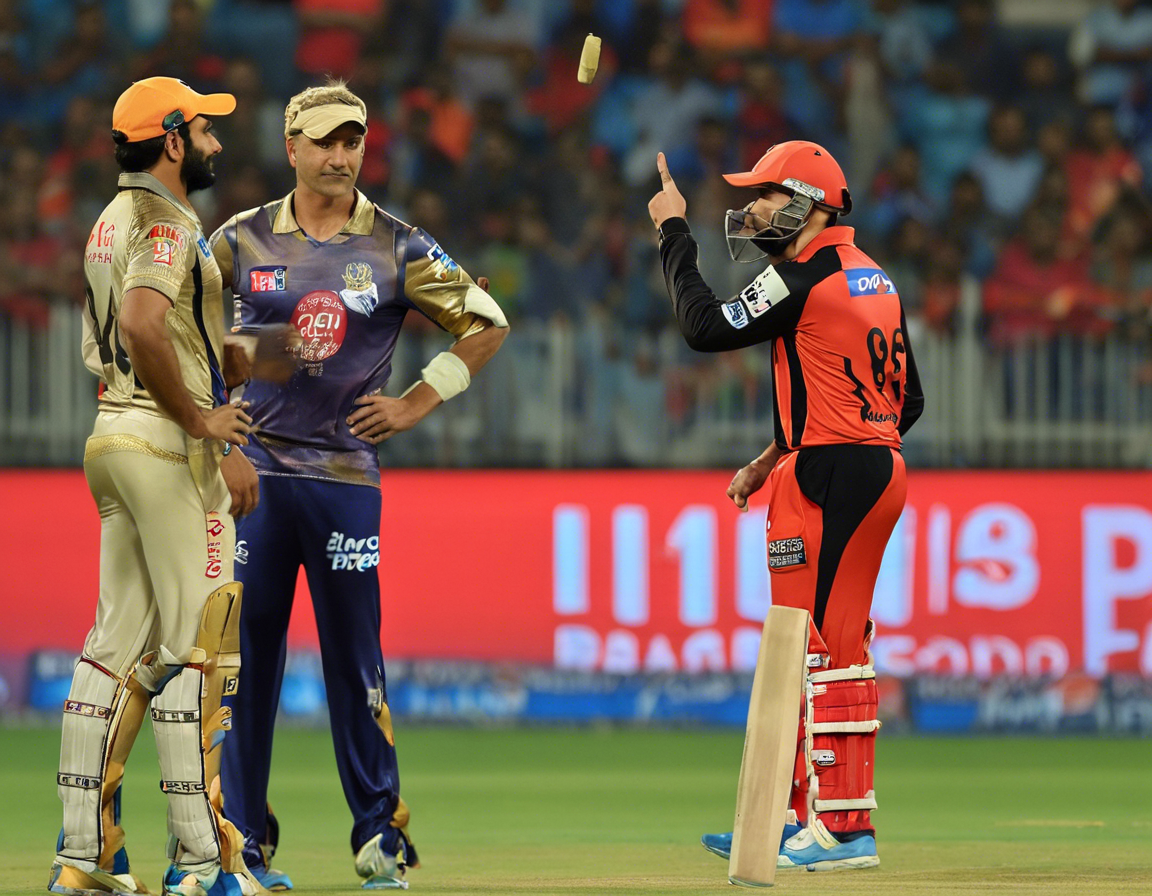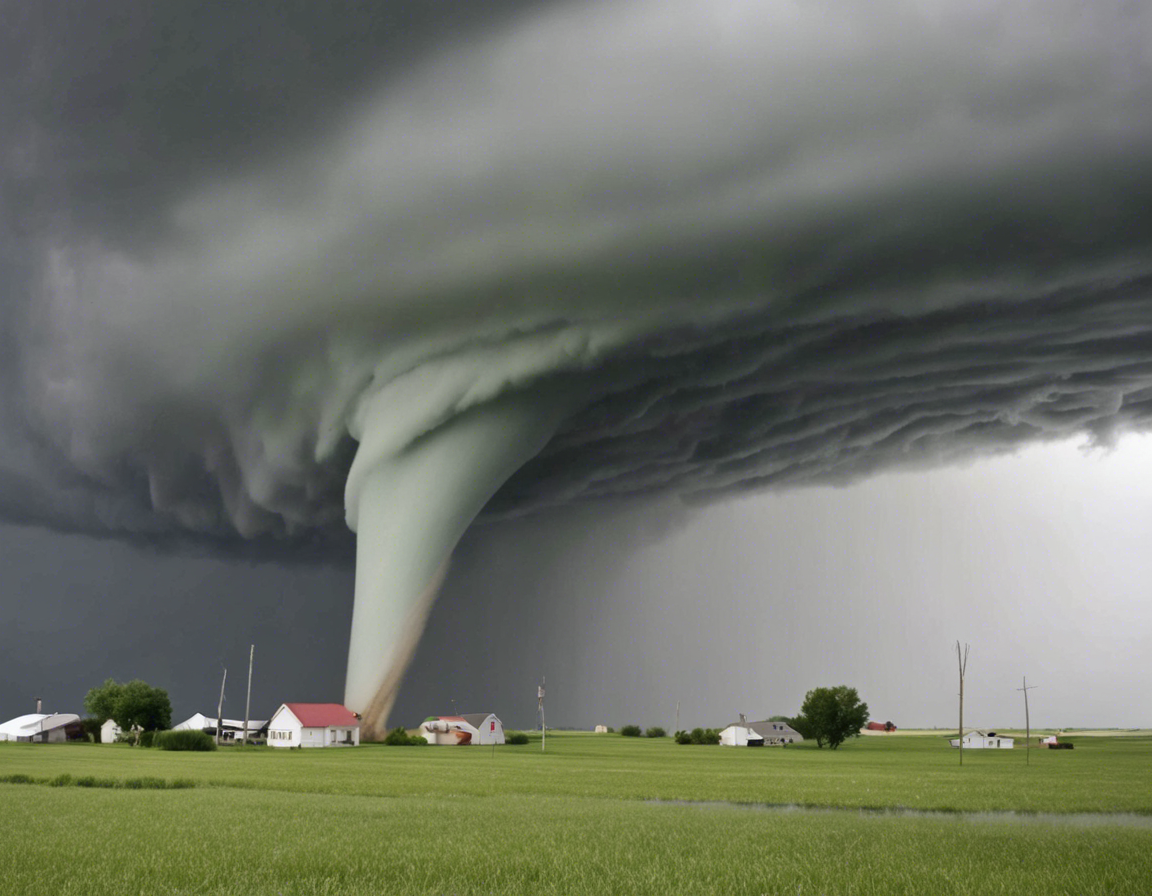India, known for its vibrant culture and rich traditions, is home to a multitude of festivals throughout the year. Among these, one of the most popular and eagerly awaited festivals is Holi. Also known as the Festival of Colors or the Festival of Love, Holi is a celebration that signifies the arrival of spring, the triumph of good over evil, and a time for joy and unity. This joyous occasion is marked by people coming together to play with colors, dance, sing, and partake in various festivities.
Origins and Significance of Holi:
Holi has a deep-rooted cultural and mythological significance in Indian tradition. One of the most popular legends associated with Holi is the story of Prahlad and Holika. Prahlad, a young devotee of Lord Vishnu, was protected from the destructive intentions of his father’s evil sister, Holika, by the divine intervention of the god. As a result, Holi is celebrated to commemorate the victory of good over evil.
Spirit of Celebration:
The festival of Holi is a time for joy, fun, and merriment. People gather in streets, parks, and open spaces to play with colors, water balloons, and water guns. Bollywood songs and traditional folk music add to the festive spirit as people dance and sing together. Special Holi delicacies like gujiya (sweet dumplings), thandai (a traditional drink), and various savory snacks are prepared and enjoyed during this time.
Preparations for Holi:
Preparations for Holi begin weeks in advance, with people buying vibrant colors, water guns, and sweets. Houses are cleaned and decorated, and traditional rituals are performed. In some regions, bonfires are lit the night before Holi, known as Holika Dahan, to symbolize the burning of evil spirits.
Safety Tips for a Joyful Holi Celebration:
As much as Holi is a festival of revelry and fun, it is essential to keep certain safety tips in mind to ensure a joyful celebration for everyone:
- Use natural, eco-friendly colors to protect your skin and the environment.
- Wear old clothes that you don’t mind getting stained with colors.
- Protect your eyes by wearing sunglasses or using protective glasses.
- Apply oil or moisturizer on your skin and hair before playing with colors to make it easier to wash off later.
- Stay hydrated by drinking plenty of water, especially if you are playing outdoors under the sun.
Holi Celebrations Around the World:
While Holi is predominantly celebrated in India, its popularity has transcended borders, and people from various cultures and communities around the world partake in the festivities. Cities like New York, London, and Sydney witness grand Holi celebrations, with people coming together to enjoy the colors, music, and spirit of the festival.
FAQs (Frequently Asked Questions) about Holi:
- What is the significance of playing with colors during Holi?
-
Playing with colors during Holi symbolizes the breaking down of barriers of discrimination based on caste, creed, or social status, promoting unity and social harmony.
-
How long does the Holi festival last?
-
Holi is a two-day festival. The first day involves Holika Dahan, followed by Rangwali Holi, where people play with colors.
-
Are there any traditional Holi rituals apart from playing with colors?
-
Yes, apart from playing with colors, people often perform puja (prayers), visit temples, exchange sweets, and seek blessings from elders during Holi.
-
Is it safe for children and pets to participate in Holi celebrations?
-
While children can safely participate in Holi celebrations under adult supervision, it is advisable to keep pets indoors during the festivities to avoid any harm from the colors.
-
What are some traditional Holi sweets and snacks that are enjoyed during the festival?
-
Some traditional Holi delicacies include gujiya (sweet dumplings), mathri (savory crackers), thandai (a sweet, spiced milk drink), and malpua (sweet pancakes).
-
Can visitors or tourists join in the Holi celebrations in India?
- Yes, visitors and tourists are often welcomed to join in the Holi celebrations in India, especially in popular tourist destinations like Jaipur, Mathura, and Vrindavan.
Conclusion:
Holi, the Festival of Colors, is a time of joy, harmony, and togetherness. It transcends boundaries of age, gender, and social status, bringing people together in a colorful celebration of life. As you immerse yourself in the festivities of Holi, remember the essence of the festival – spreading love, happiness, and positivity. Let the colors of Holi brighten your life and fill your heart with warmth and cheer!




